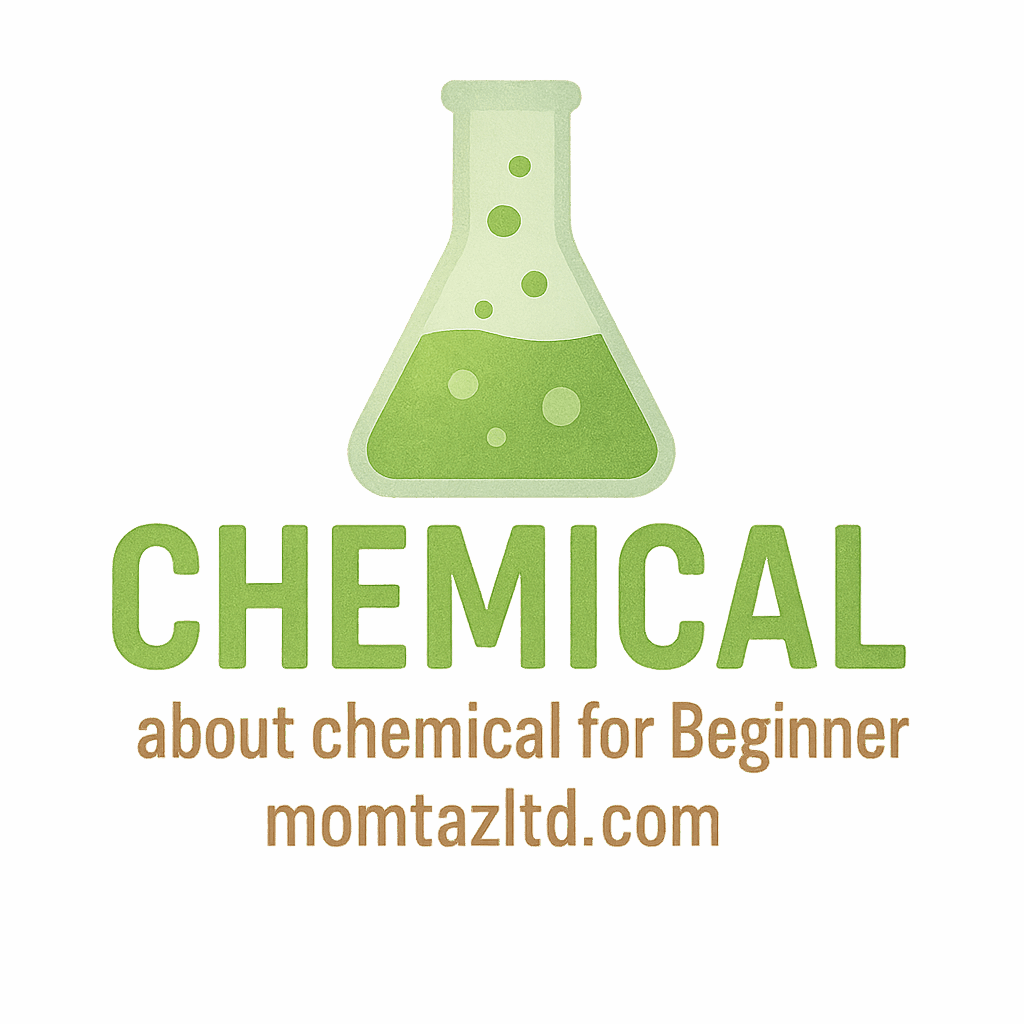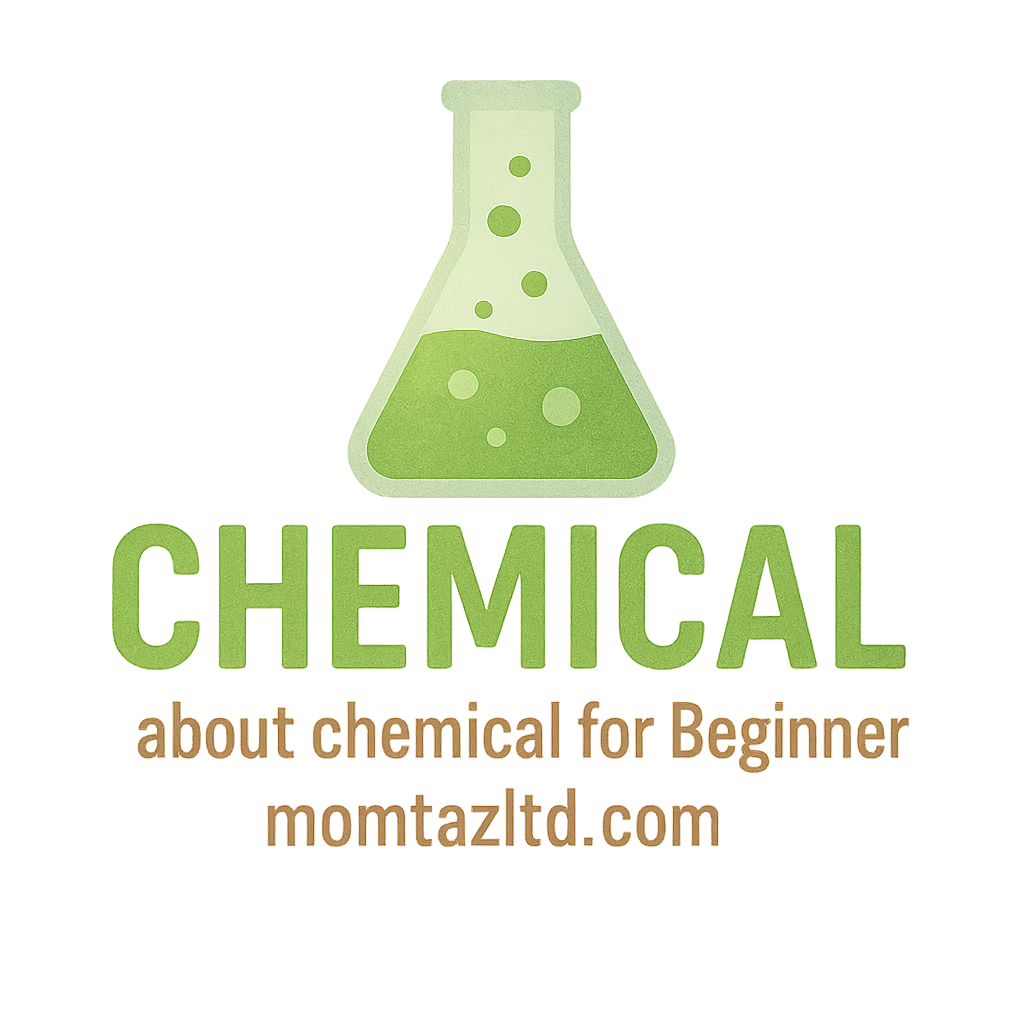Introduction
Handling industrial chemicals comes with a significant amount of responsibility. Whether you’re working in a laboratory, a manufacturing plant, or a warehouse, maintaining safety is of utmost importance. There are countless chemicals used across industries, each with its own hazards and risks. Knowing the proper safety protocols can prevent accidents, save lives, and ensure smooth operations. In this article, we’ll cover 7 essential safety rules in industrial chemical handling that every worker should know to stay safe and compliant.
Understanding Industrial Chemical Handling
What Are Industrial Chemicals?
Industrial chemicals are substances used in industrial processes such as manufacturing, research, and production. These chemicals range from hazardous materials like acids and flammable liquids to more benign substances used in everyday products. However, the diverse range of chemicals means different safety concerns must be addressed for each one.
For more on the types of chemicals used in industrial settings, check out Household Chemicals and Industrial Chemicals for an in-depth overview.
Why Safety in Chemical Handling Is Crucial
Industrial chemicals can cause serious injuries if mishandled, leading to burns, poisoning, explosions, and even fatalities. According to the CDC, exposure to hazardous chemicals can also result in long-term health effects like respiratory issues, cancer, and neurological damage. That’s why knowing safety protocols and handling chemicals correctly is vital for workers in any setting that uses industrial chemicals.
Safety Rule #1: Proper Personal Protective Equipment (PPE)
Types of PPE for Chemical Handling
Personal Protective Equipment (PPE) is your first line of defense when handling industrial chemicals. The right PPE varies depending on the chemicals involved, but generally includes:
- Gloves: Chemical-resistant gloves to protect hands from burns, cuts, and chemical exposure.
- Aprons: Chemical-resistant aprons or lab coats protect the skin from spills or splashes.
- Goggles and Face Shields: These protect the eyes from splashes and airborne particles.
- Respirators: Used for chemicals that emit harmful fumes or gases, respirators protect your lungs.
When and How to Use PPE Effectively
Always wear the recommended PPE when handling chemicals, regardless of how minor the task might seem. PPE must be properly maintained—gloves should be inspected for tears, goggles should be clear and fog-free, and respirators should be fitted and used with the correct filters.
For more on PPE standards, refer to our guide on Chemical Safety.
Safety Rule #2: Labeling and Proper Storage
Importance of Correct Labeling
One of the simplest yet most effective safety rules is ensuring that all chemicals are clearly labeled with their name, hazard symbols, and handling instructions. This is especially important in larger environments where multiple chemicals are used. The Global Harmonization System (GHS) provides standardized symbols and labels to make identification easier, and workers should be trained to recognize these symbols.
Learn more about the importance of labeling in the Chemical Terms section.
Tips for Safe Chemical Storage
- Proper Containers: Chemicals should always be stored in their original containers, unless they’re in appropriately labeled and approved secondary containers.
- Segregation: Store chemicals according to their compatibility. Keep acids separate from bases and flammables from oxidizers.
- Ventilation: Ensure storage areas are well-ventilated to prevent the buildup of hazardous fumes.
- Temperature Control: Some chemicals are sensitive to temperature changes, so store them in cool, dry areas to prevent degradation.
If you’re interested in chemical storage best practices, explore Chemical Storage.
Safety Rule #3: Knowledge of Chemical Reactions
Identifying Potential Chemical Reactions
Many chemical accidents happen due to unanticipated reactions between substances. Understanding the chemicals you’re working with is crucial for preventing dangerous situations. Common issues to watch for include:
- Exothermic Reactions: These can release a large amount of heat, potentially causing fires or explosions.
- Toxic Gases: Certain chemicals can release gases that are hazardous to health when they react.
- Corrosive Substances: Some chemicals, like acids, can react violently with water or other materials.
How to Prevent Dangerous Chemical Reactions
To avoid these types of accidents, always:
- Review Material Safety Data Sheets (MSDS) for all chemicals.
- Never mix chemicals unless you are sure they are compatible.
- Use proper ventilation and fume hoods to contain any harmful byproducts.
For a deeper dive into chemical reactions, check out our Chemical Reactions tag.

Safety Rule #4: Handling and Disposal Procedures
Handling Chemicals Safely
Before handling any chemicals, always follow these safety steps:
- Check the MSDS: Understand the hazards of the chemical.
- Use Proper Tools: Use tongs, scoops, or pumps to handle chemicals rather than your hands.
- Work in Well-Ventilated Areas: Always work in a fume hood or well-ventilated space to minimize inhalation of hazardous fumes.
- Clean Spills Immediately: If a chemical spill occurs, follow the appropriate cleaning protocol using absorbents or neutralizing agents.
Proper Disposal Methods
Chemical disposal must follow local, state, and federal regulations. Never dispose of chemicals in regular trash or drain systems. Always use:
- Hazardous Waste Disposal Services: These services are equipped to handle the proper disposal of toxic substances.
- Chemical Disposal Containers: Use designated containers for specific waste types to prevent cross-contamination.
For more on handling and disposal procedures, visit our page on Chemical Care.
Safety Rule #5: Emergency Procedures and First Aid
The Role of Emergency Preparedness
Accidents can happen despite taking all precautions. That’s why it’s critical to have emergency procedures in place. Emergency preparedness involves having:
- Fire Extinguishers: Keep the right type of fire extinguisher near chemical storage areas.
- Emergency Showers and Eyewash Stations: Install emergency showers and eyewash stations in areas where chemicals are handled to provide immediate relief in case of exposure.
- Spill Kits: Equip your workplace with spill kits to manage hazardous material spills quickly.
How to Administer First Aid in Chemical Accidents
Know the basic first aid procedures for chemical exposure:
- Eye Exposure: Immediately rinse eyes with water for at least 15 minutes.
- Skin Exposure: Remove contaminated clothing and rinse the skin with water.
- Inhalation Exposure: Move the affected person to fresh air immediately.
For more detailed emergency response protocols, refer to our guide on Chemical Accidents.
Safety Rule #6: Safe Use of Chemical Equipment
Key Equipment in Chemical Handling
Handling chemicals safely involves more than just using PPE—it also requires using the correct equipment, such as:
- Fume Hoods: These provide proper ventilation when working with volatile chemicals.
- Chemical Pumps and Dispensers: These tools help safely transfer chemicals without direct exposure.
- Storage Cabinets: Use chemical storage cabinets that meet safety standards to prevent accidents.
Maintenance and Safety Checks
Equipment should be regularly inspected for wear and tear. Clean all equipment after each use, and ensure that all machinery is functioning properly to prevent accidents.
Safety Rule #7: Continuous Training and Awareness
Importance of Ongoing Safety Training
Safety in chemical handling is not a one-time effort; it requires ongoing training. Workers must be updated regularly on new safety protocols and best practices.
Training Programs and Workshops
Implement safety training programs that include:
- Hands-on Chemical Handling: Teach employees how to handle chemicals safely in realistic situations.
- Regular Safety Audits: Conduct regular safety audits and drills to ensure everyone is prepared for emergencies.
For more on chemical safety training, check out our Lab Experiments section for educational resources.
Conclusion
Handling industrial chemicals is a critical task that requires serious attention to safety. By following these 7 essential safety rules, workers can significantly reduce the risk of accidents and ensure a safer working environment. From proper PPE use to continuous safety training, each rule plays an important role in protecting everyone involved. Let’s commit to safety and make industrial chemical handling as safe as possible.
FAQs
1. Why is PPE necessary when handling chemicals?
Personal Protective Equipment (PPE) is essential because it provides the first layer of defense against chemical exposure, preventing burns, inhalation of toxic fumes, and other hazards.
2. How should chemicals be stored safely?
Chemicals should be stored in well-labeled containers, segregated by their compatibility, in a cool, dry, and ventilated area to prevent reactions and accidents.
3. What is the importance of knowing chemical reactions?
Understanding chemical reactions is crucial to prevent dangerous situations, such as explosions, fires, or toxic gas releases, that could result from incompatible substances.
4. How should chemical spills be managed?
Chemical spills should be managed immediately using absorbents, neutralizing agents, and proper containment protocols to prevent exposure or environmental contamination.
5. What should be done in case of chemical exposure?
If chemicals come into contact with the skin or eyes, wash immediately with water. For inhalation exposure, move the person to fresh air and seek medical attention if necessary.
6. What is the role of chemical storage cabinets?
Chemical storage cabinets are designed to safely contain hazardous materials and prevent accidental leaks, spills, or reactions in the workplace.
7. Why is continuous safety training important?
Continuous safety training ensures that employees stay informed about the latest safety practices, equipment, and emergency protocols, fostering a culture of safety in the workplace.


